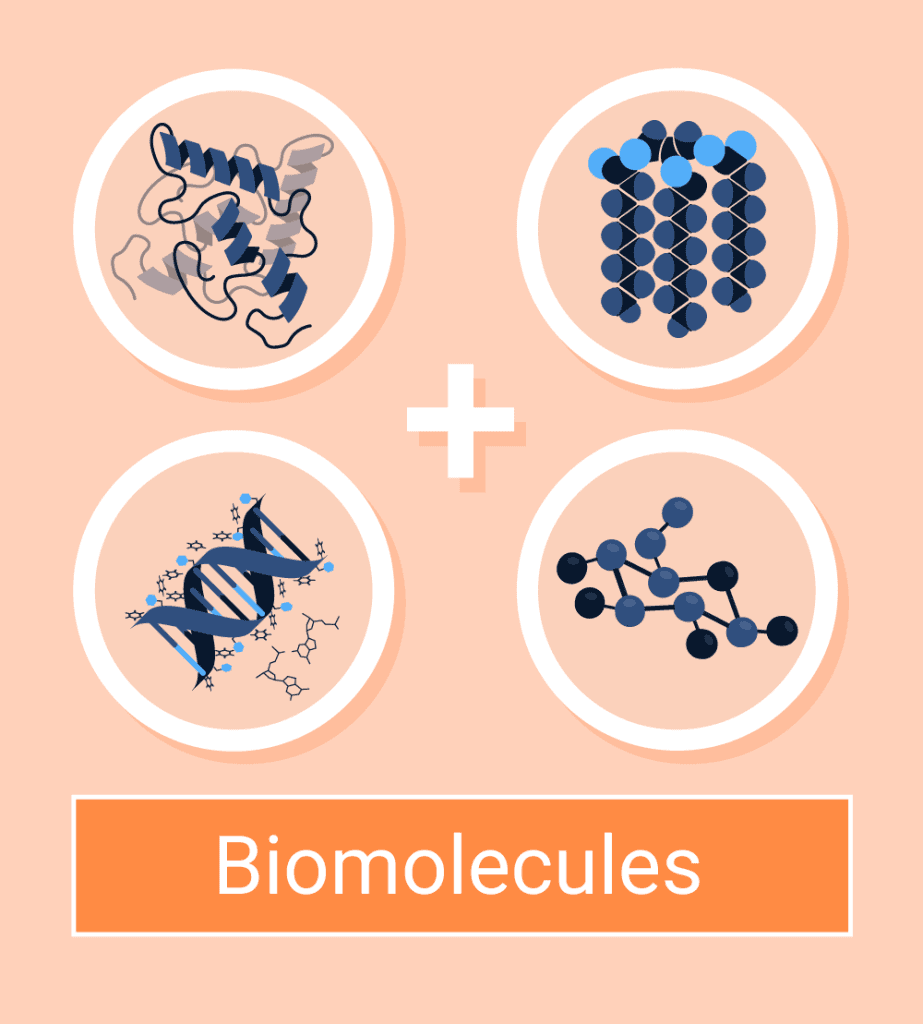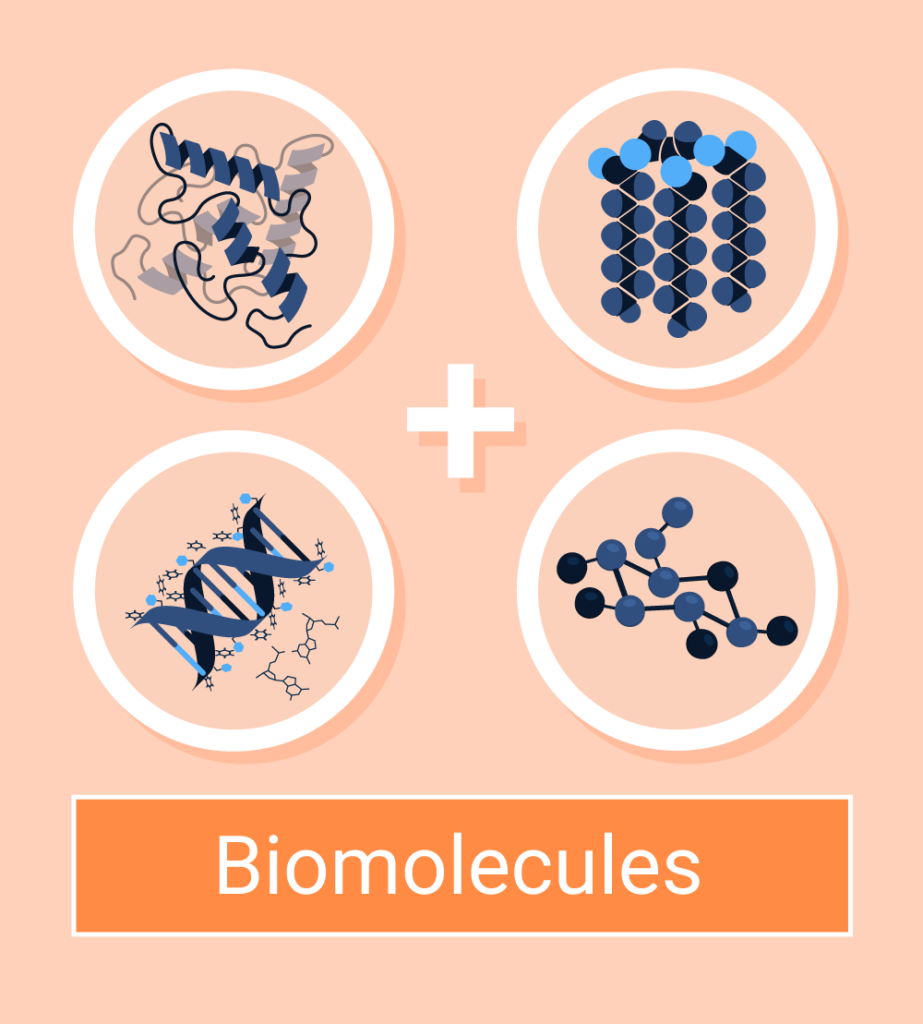Amino Acids: Building Blocks of Proteins

Reference to this article: ConductScience, Amino Acids: Building Blocks of Proteins (2022). doi.org/10.55157/CS20220612 Introduction and History Amino acids are organic compounds consisting of carbon, hydrogen, and nitrogen. They are monomers or building blocks of proteins. Proteins are one of the major biomolecules required for the proper functioning of living organisms. Moreover, they are the first […]
Classes and Benefits of Peptides

What Are Peptides? The biological significance of proteins was recognized more than two centuries ago.[1] They were considered the primary material required for living organisms. But from the beginning of the 20th century, the significance of protein-like molecules, peptides, became apparent in several life processes.[1] Figure: The illustration of name and year of peptides discovered […]
Structure and Functions of Proteins

Introduction Have you ever thought about why athletes or gymnasts are often on a protein-rich diet? It’s because these people expend more energy compared to people who don’t work out. And a diet rich in proteins fuels the body to build muscle, promote quick recovery, boost immunity, replenish glycogen, and burn fat, all of which […]
Structure, Classification, and Functions of Carbohydrates

Introduction Living organisms require biomolecules for several biological processes like energy storage and regulation of their metabolic cycles. Among all, carbohydrates, nucleic acids, lipids, and proteins are the four major biomolecules (or macromolecules) that are mainly involved in these biological processes. The functions of carbohydrates are essential for life in all organisms, from microorganisms to […]
Classification and Biological Functions of Lipids

Introduction Lipids are one of the major macromolecules present in our body, and others include nucleic acids, carbohydrates, and proteins. But unlike the other macro biomolecules, lipids are not polymers – they aren’t composed of monomers. They are hydrophobic in nature because of the predominance of hydrocarbon chains (–CH2–CH2–CH2–CH2–) in their structures.[1] Lipids have diverse […]
Types of Nucleic Acids and Their Biological Significance

Introduction and History Nucleic acids are an essential class of macromolecules present in all cells of organisms including viruses.[1] They were first discovered by Friedrich Mischer in 1869. He wanted to study the composition of leukocytes from the pus cells of discarded surgical bandages. During his study, he observed nucleic acids in the form of […]
Polysaccharides: Properties, Functions, and Applications

Introduction Polysaccharides are long-chain polymers of monosaccharide units, joined together by glycosidic linkages. They are also known as glycans. They are the most abundant carbohydrates found in food. Carbohydrates are vital macromolecules required for the essential functions of organisms. They are classified into the following three classes depending on two criteria, whether they undergo hydrolysis, […]
Mutarotation: Definition, Mechanism, and Examples

Introduction The phenomenon of mutarotation was discovered in 1846 while a scientist was learning about the properties of glucose, a carbohydrate. Carbohydrates are the most abundant biological molecule on Earth. They are a vital part of people’s healthy diet and perform functions essential to life. Glucose and fructose are the main sources of energy supplied […]
Biomolecules: Types and Functions

Introduction The human body is composed of roughly 30 trillion cells that collectively perform the essential functions of life. The cells can perform these life-sustaining tasks with the help of several organic molecules present in them. These organic molecules are referred to as biomolecules. The biomolecules have a wide range of sizes and structures, and […]
